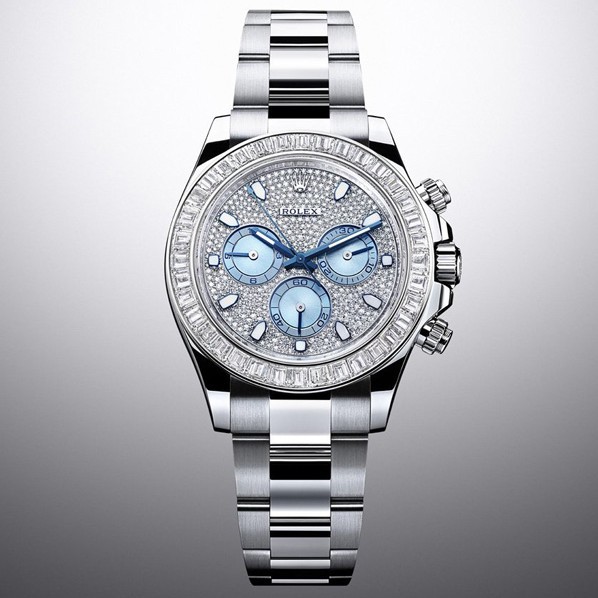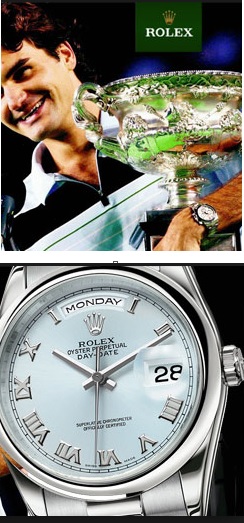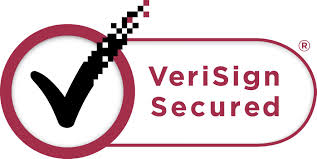 A chronometer is a very accurate mechanical watch. Chronometer is a designation given to a watch that has the highest standard of precision. The designation is given to automatic and mechanical movement watches, not those that run with quartz movement. A watch carrying the chronometer certification has passed vigorous tests demanded by the Swiss Official Chronometer Control (COSC). A chronometer's mechanical movement is close to perfection, so the time it displays is almost always accurate. Watches such as Rolex that are true Chronometers, will have a designation on the dial indicating “Officially Certified.” The dial of every COSC certified Rolex wristwatch is the marking “Superlative Chronometer – Officially Certified.” Other watches such as Breitling and Omega also have Officially Certified on the dial after being COSC tested.
A chronometer is a very accurate mechanical watch. Chronometer is a designation given to a watch that has the highest standard of precision. The designation is given to automatic and mechanical movement watches, not those that run with quartz movement. A watch carrying the chronometer certification has passed vigorous tests demanded by the Swiss Official Chronometer Control (COSC). A chronometer's mechanical movement is close to perfection, so the time it displays is almost always accurate. Watches such as Rolex that are true Chronometers, will have a designation on the dial indicating “Officially Certified.” The dial of every COSC certified Rolex wristwatch is the marking “Superlative Chronometer – Officially Certified.” Other watches such as Breitling and Omega also have Officially Certified on the dial after being COSC tested.
A chronograph, on the other hand is a watch that was made with a built-in stopwatch feature- have one or more sub-dials or small liquid crystal display panel to monitor elapsed time. In addition, chronographs have extra pushers to the crown for the start, stop, and reset functions. Most chronographs have two or three subdials listing hours, minutes, and seconds. The chronograph is one function that the vast majority of men want in a watch, so chronograph watch is more popular nowadays. A watch can be both a chronometer and have a chronograph function. However, they can also be separate. Just because a watch is a chronometer does not mean it has a chronograph and vice versa. Chronographs such as the Replica Rolex Daytona and the newer Omega Speedmasters can also be certified as Chronometers, and perhaps that’s why people confuse the terms, but a Chronograph is easy to discern by the subdials and the reset buttons in the side of the case. Although the two words sound and appear similar, they are entirely different.



